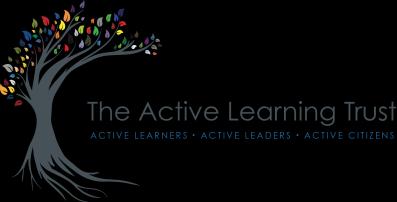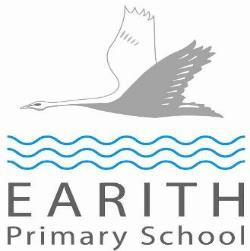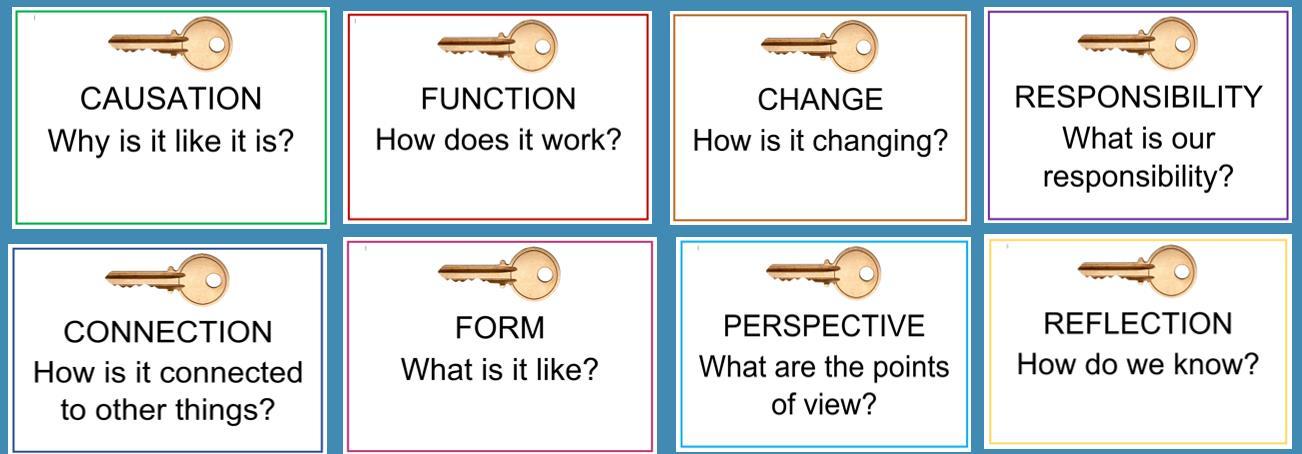

How we Learn Computing at Earith Primary School: Intent, Implementation & Impact

It is our intent for pupils:
To feel a sense of enjoyment around using technology.
To develop an appreciation of the capabilities and opportunities technology offers to create, manage, organise & collaborate, and be able to use a variety of software and hardware to achieve their aims.
To have confidence when encountering new technology, vital in a world where technology is ever-changing.
To have a range of transferable skills at a suitable level for the future workplace.
To be responsible citizens online and be able to report/deal with any problems in an appropriate manner.
The school uses Kapow Primary Computing in order to support the delivery of the Earith Computing Curriculum. The content of Kapow Primary Computing allows children to meet the National Curriculum end of key stage attainment targets, as well as satisfying the requirements of the DfE’s Education fora Connected World framework.
Implementation
Where appropriate, links are made across subject disciplines to enable children to make meaningful connections. This is further enhanced by teachers referencing how the school’s Key Concepts may link to the particular Computing lesson or unit being taught, and to that of other subjects recently or previously taught – building pupils’ schema, over time:
Earith Primary School’s Key Concepts: .

The National Curriculum purpose of study states:
The core of computing is computer science, in which pupils are taught the principles of information and computation, how digital systems work, and how to put this knowledge to use through programming. Building on this knowledge and understanding, pupils are equipped to use information technology to create programs, systems and a range of content. Computing also ensures that pupils become digitally literate – able to use, and express themselves and develop their ideas through, information and communication technology – at a level suitable for the future workplace and as active participants in a digital world.
The Computing curriculum is designed with three strands running throughout:
● Computer Science
● Information Technology
● Digital Literacy
Further to the three strands, the curriculum is organised into five key areas, and follows a cyclical route which enables pupils to develop and build on prior knowledge:
● Computer systems and networks
● Programming
● Creating media
● Data handling
● Online Safety
Units of study are carefully sequenced by the Curriculum Lead, for mixed age classes, in a two year cycle (A and B), to allow for progression from KS1, LKS2 and UKS2 as well as through the academic year. The progression of skills is tracked by teachers using the Chris Quigley Curriculum Milestones.
This broad and balanced curriculum ensures coverage of the National Curriculum requirements, and the ‘skills showcase’ units (one per term) provide pupils with opportunities to learn and apply transferable skills. In some cases, units link to other subjects, enabling crosscurricular learning.
Lessons are delivered using a range of teaching strategies from independent tasks, paired and group work, as well as unplugged and digital activities. There is an emphasis on explicitly teaching vocabulary, with key vocabulary being introduced and orally rehearsed at the beginning of each lesson. Key vocabulary is contextualised throughout the lesson and children are given opportunities to apply new words. Throughout each lesson, teachers monitor pupil responses and provide effective, live feedback (in line with the school’s marking procedure). Knowledge organisers are also used to complement teaching & learning at the class teacher’s discretion. These are made available to parents, alongside the curriculum newsletter for each half term.
Pupils’ work in computing is either saved electronically or if written/printed, recorded in their Subject Portfolio.
EYFS
Pupils at Earith Primary School have the opportunity to use ipads during continuous provision as well as take part in Safer Internet Day each year.
KS1 & KS2
Each year, children study units of work from the five key areas: computer systems and networks; programming; creating media; data handling and online safety. KS1 pupils learn about algorithms and coding through Beebots and are introduced to coding using Scratch Junior. Lower KS2 children build on their coding knowledge from KS1, with further Scratch programming and coding. They explore creating media by making video trailers and designing web pages using HTML. Upper KS2 children further build on their programming knowledge by using MicroBit and Python. They create stop motion animation and use CAD to design a product.
Assessment:
Live, verbal feedback, is used to support and challenge children’s development in Computing.
End of Unit outcomes are mapped out as part of the Two Year Cycle. These have been carefully planned in order to include a range of outcomes that – not only showcase pupils’ computing knowledge & skills – but further reinforce or stretch existing skills and knowledge across the curriculum.
End of unit quizzes may be used to further bolster knowledge retention and love for this subject.
Impact
The impact of the Computing curriculum is measured in several ways:
Formative assessment:
Teachers respond to the day-to-day emergent needs of pupils, providing support and feedback during the lesson and in informing the next steps for subsequent lessons.
Knowledge assessment:
Pupils take part in cyclical quizzes at multiple points throughout the year in order to provide an opportunity to recall what they have learnt: this process supports memory retention and recall – knowing more; remembering more.
Leadership:
The Computing Lead engages with, and leads on, Computing CPD to ensure that they, and all staff, have the subject knowledge necessary to deliver the Earith Computing curriculum.
The Computing Lead monitors and evaluates the Computing curriculum through a range of sources: lesson visits/typicality walks,
planning scrutiny, pupil learning conversations, response to CPD and teacher review meetings. Triangulated, these sources form the basis of evaluating the impact of the curriculum on pupils’ knowledge & skills. As a result, the Computing Lead’s subject Action Plan is further informed by emerging strengths and priorities. The Computing Lead uses our intent for the subject, as specified at the beginning of this document, to underpin their Action Plan. They also draw on relevant research when identifying and leading on actions that will drive the subject forward in our school.
The Computing Lead reports to the Earith governing body regarding the quality of education in Computing.
